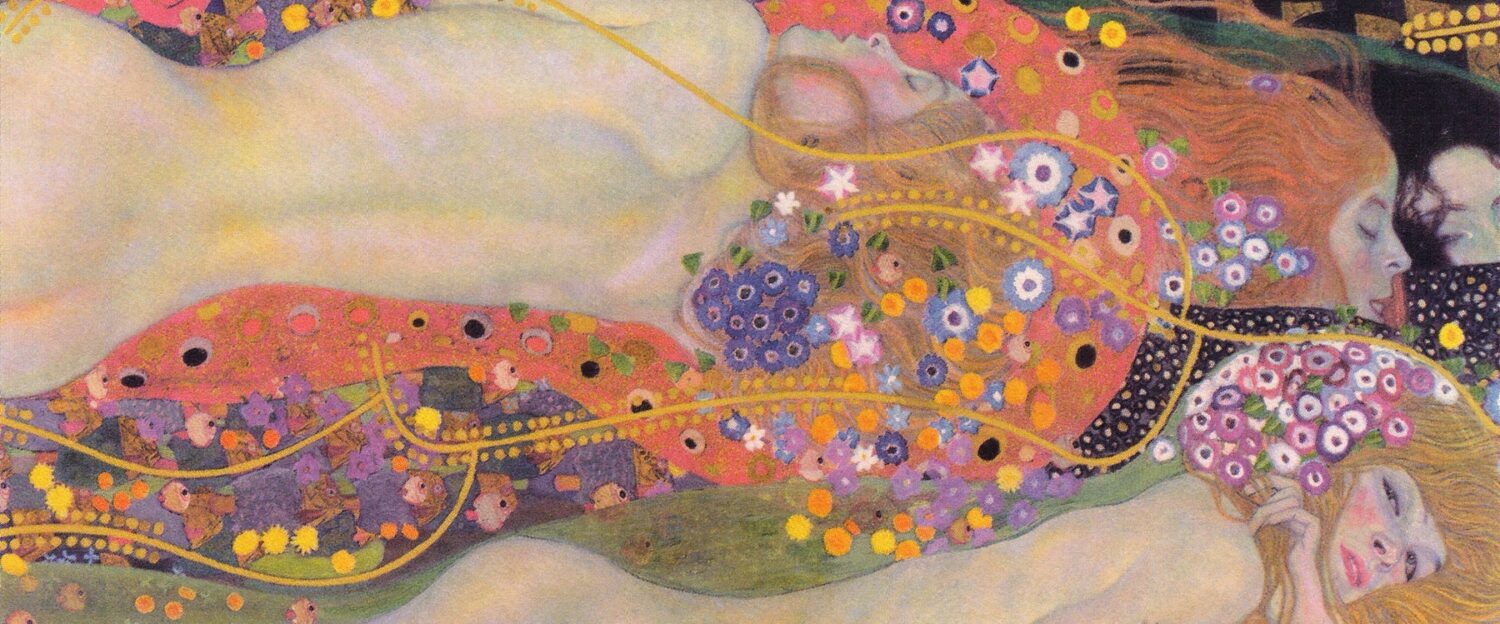The aim of this article is to encourage you to have some fun with art by expanding your vision and reach. It will also enrich your arting conversations and process.
For example, I was inspired by Rhea Nayyar’s and Shari Flores’ play with images: Botticelli’s Birth of Venus and Pesto the Penguin here.
Just as art history often shows how the interactions among artists and contexts influence subsequent expressions over time, this may be your opportunity to create your own versions of art history. As I’ll suggest a little later, you can start with attending to your stream of consciousness and free associations, allowing one idea or image to suggest and take you to others.
In a nutshell, that’s part of what you’ll do as you participate in arting conversations. Who knows what star will be born as you unshackle your stream of consciousness (William James) and free association (Freud). In fact, both practices are likely to contribute to your creativity in many areas.
The play of free associations. My free associations started with a smile when I came across Pesto and Botticelli in the Hyperallergic article in the link above. Then I noticed the sea at the base of the artwork and connected that to penguin life. Venus emerges from the sea, as our long-ago predecessors evolved; penguins spend 75 percent of their lives in the ocean.
Nayyar’s playfully naughty substitution of fat, furry Pesto the Penguin for the romanticized, lithe Venus on the half shell made me wonder about the nature of beauty. In a departure from the more subtle, serious and sometimes overwrought analysis typical of much of art history, I also hoped this example could woo you away from a possibly uncritical attachment to the formal credibility of art history; it may also blunt your questioning of your artistic capacities and sensibilities. That could then lead to greater confidence about your own intuition, instincts and talents, nascent and actual. Nevertheless, if you’re curious about an example of a conventionally credible discussion of Botticelli’s Birth of Venus, here’s one from Wikipedia.

My free associations and streams of consciousness continued as I considered conventional ideas and ideals represented in Botticelli’s painting. That led me to wonder about the nature of beauty and how its context influences views, as the adoring figures on either side of Pesto/Venus observe. Then I thought about how ideas and ideals of beauty are often in the eyes of the beholder, reflecting an individual’s exposures, experiences and histories. Also expressing cultural differences and values, they can tell more about what’s important to others than what’s intrinsic to beauty, material, physical, spiritual and otherwise.
Not to be “shown up,” by formal art historians, though, another connection popped into mind. This came from experiences with arting conversations when one of Shari’s choices and my pairing another painting to it took us to exploring surrealism.
Nayyar’s example could have some roots in surrealism which aimed to revolutionize ways of seeing things as well. By allowing my free association to go a little bonkers, the mix of Botticelli’s romantic vision of the beautiful Venus with the adorable Pesto image prompted additional mental and emotional flights of fancy and linkages in my imagination that I’ll spare you.
Pesto and Venus also provided an engaging model of what I’ll be encouraging you try out below. Like surrealism I find fresh inspiration in the unexpected and rebellious juxtaposition of the pudgy penguin with the lithe yet curvaceous Venus. Such connections are especially relevant to arting conversations starting with juxtaposing paintings, predictably, playfully, and experimentally.
I dare you! I suggest the following approach to inspire you to be as outrageous as you wish in trying your own hand at flaunting and reflecting convention as you choose examples for your arting conversations. Keep an open mind for whatever associations float up without conscious thought, emerge more neatly or benefit from responding to your collaborator’s original approaches. The purpose is to encourage you to move beyond what’s predictable and comfortable for you as well as to choose what seems rational and relevant to your arting conversations.
So where could/would you begin to create your own “art history”? Perhaps,
- Start with a favorite, new or intriguing painting that you grab/copy from online examples.
- Choose any separate image that makes you smile or elicits emotion to insert or for creating a collage.
- For a preliminary title, jot down any descriptive or imaginative words, as in “a star is born” from Pesto’s above, that you freely associate with your two choices.
- Make up any very short story or “art history discussion” related to your two choice, capturing its meaning, essence or possible appeal to a viewer or collaborator in arting conversations (optional)
- Add to, adapt or make your own version of this process that works better for you. Use Google and Wikipedia for some inspiration and leads. Link here for a series of explorations of the Botticelli Venus.
I hope you have fun inspiring yourself with your learning, insights and talents in this process.
Finally, another way to stimulate your thinking further is to visit or subscribe to art newsletters such as Hyperallergic that we cited in this article.
And certainly, playing and conversing with a trusted, imaginative collaborator will take you both to worthwhile experiences and enjoyment.
How do you have fun with art? Let us know in the comments below.
Discover more from Arting: Art As Conversation
Subscribe to get the latest posts sent to your email.
